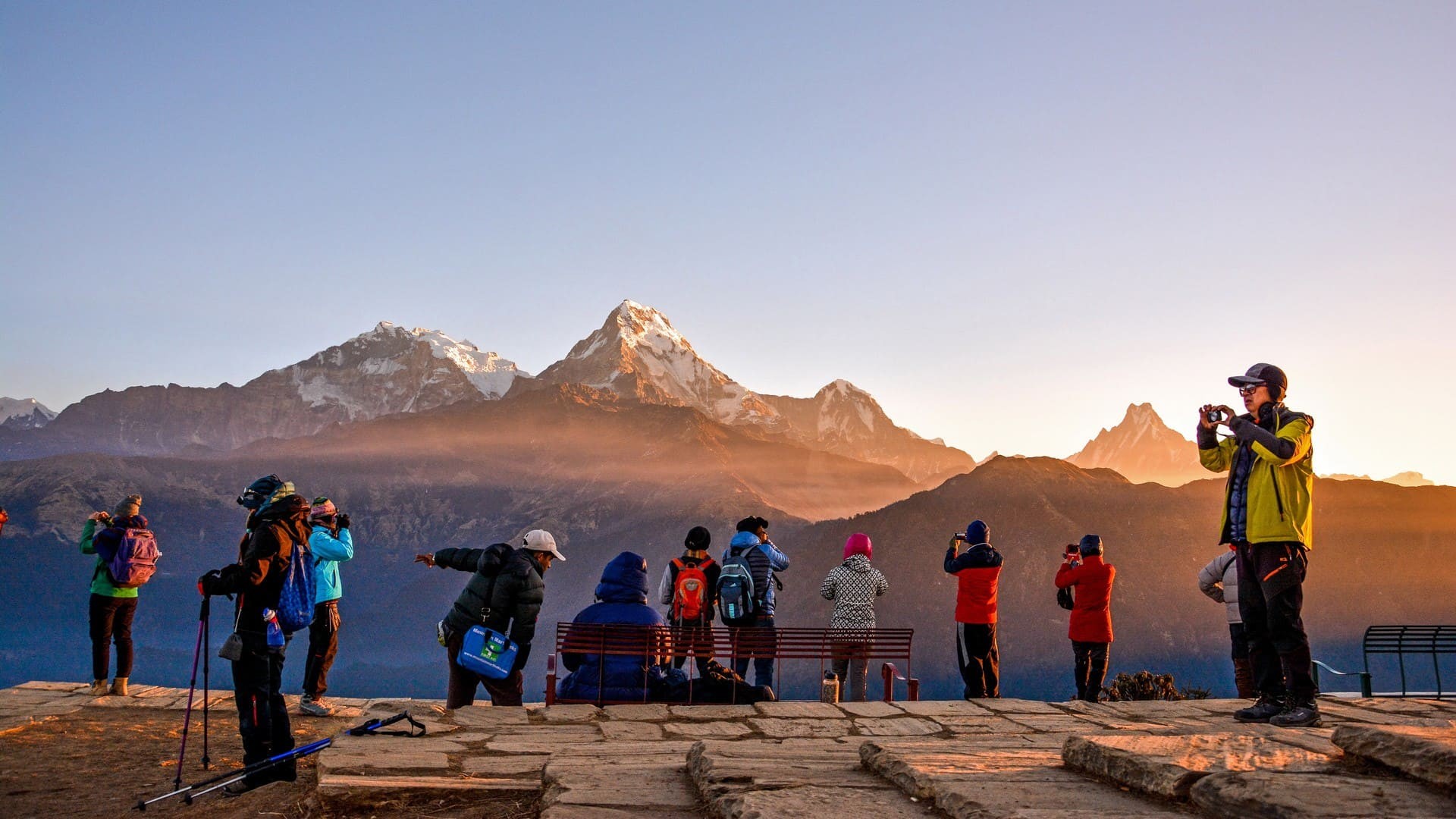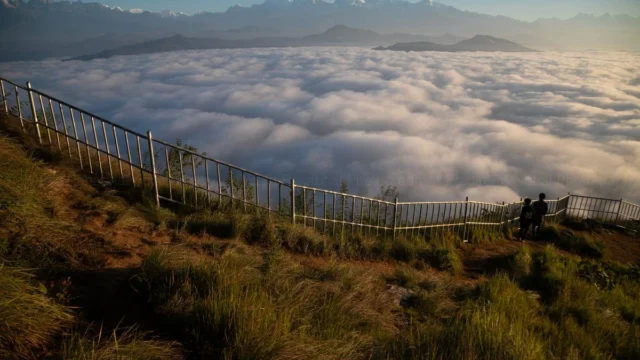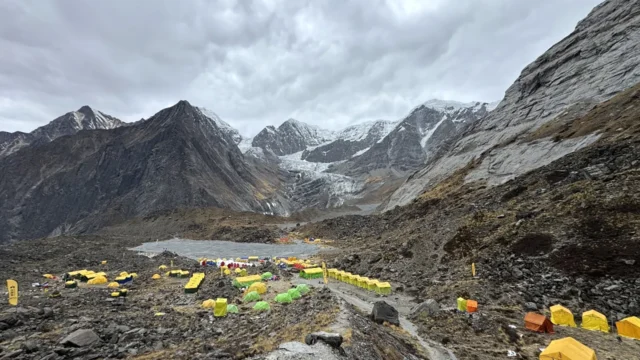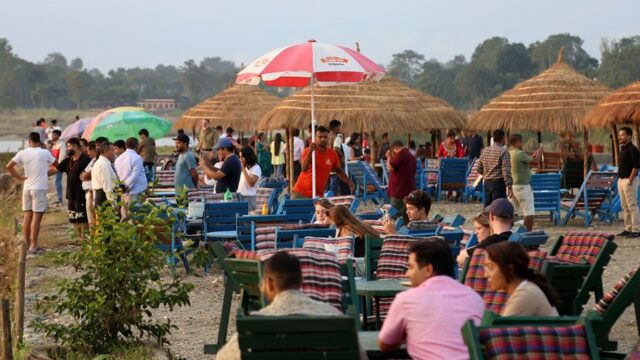Nepal, a land of towering mountains, diverse cultures, and ancient history, attracts travelers from all over the world. Whether visiting for trekking in the Himalayas, exploring UNESCO World Heritage sites, or immersing in local traditions, tourists will find that navigating the country’s transportation options is an essential part of their journey. Understanding the various modes of transportation available in Nepal is crucial for planning an efficient, comfortable, and enriching travel experience.
For many tourists, domestic flights are the most efficient way to travel long distances in Nepal, especially when heading to remote regions like Lukla, the gateway to Everest Base Camp, or Jomsom, a popular starting point for treks in the Annapurna region. Nepal’s domestic airlines, including Buddha Air, Yeti Airlines, and Tara Air, offer flights to numerous destinations across the country.
While domestic flights provide speed and convenience, they can be subject to weather-related delays, particularly during the monsoon season. Therefore, travelers should plan for possible disruptions. Despite these challenges, the breathtaking aerial views of the Himalayas make flying a memorable part of any trip. Booking flights in advance is recommended, especially during peak tourist seasons.
Buses are the most common mode of transportation for both locals and tourists in Nepal, offering an affordable way to travel across the country. Several types of buses are available, ranging from local buses to more comfortable tourist buses.
Local Buses: Local buses are the most budget-friendly option, connecting almost every town and village in Nepal. However, they can be crowded, with frequent stops, and may not always adhere to a fixed schedule. The experience of traveling on a local bus can be overwhelming for some, but it offers a unique glimpse into daily life in Nepal.
Tourist Buses: Tourists are the preferred choice for a more comfortable experience. These buses usually operate on popular routes, such as Kathmandu to Pokhara or Chitwan, and are equipped with more comfortable seats, air conditioning, and sometimes even Wi-Fi. Tourist buses are more reliable in terms of schedule and safety standards, making them a better option for long-distance travel. It’s advisable to book tickets for tourist buses through reputable agencies or hotels to ensure a hassle-free journey.
Microbuses and Minibuses: These smaller vehicles are a middle ground between local buses and tourist buses. They offer quicker travel times than local buses, with fewer stops, and are commonly used for short to medium distances. Microbuses are popular on routes like Kathmandu to Bhaktapur or Patan.
Taxis are a convenient option for short-distance travel within cities and towns. In Kathmandu, Pokhara, and other major cities, taxis are readily available and can be hailed from the street or arranged through hotels. Most taxis in Nepal do not use meters, so it’s important to negotiate the fare before starting the journey. Alternatively, some cities have ride-hailing apps like Pathao, which provide a more transparent fare structure and the convenience of cashless payments.
Taxis are ideal for navigating urban areas, especially when visiting multiple sites in a day. For example, in Kathmandu, a taxi ride can easily take you from the historic Durbar Square to the serene Garden of Dreams or the bustling Thamel district.
In some parts of Nepal, especially in the narrow streets of cities like Kathmandu, rickshaws are a popular and eco-friendly mode of transportation. Cycle rickshaws offer a leisurely way to explore areas like Thamel or the old city of Bhaktapur, where motor vehicles are restricted. Rickshaw rides are usually short, perfect for navigating through markets or moving between nearby attractions.
Rickshaws also provide an opportunity to engage with local drivers, who often share interesting insights about the area. Negotiating the fare beforehand is advisable, as prices can vary depending on the distance and time of day.
For travelers seeking independence and flexibility, renting a motorbike or scooter is an attractive option. In cities like Kathmandu and Pokhara, rental agencies offer motorbikes and scooters at reasonable rates, with options ranging from 100cc scooters to more powerful 250cc bikes.
Riding a motorbike allows tourists to explore at their own pace, access off-the-beaten-path locations, and avoid the hassle of public transportation schedules. However, it’s essential to have a valid international driving license, wear a helmet, and be cautious of the sometimes chaotic traffic conditions in Nepal. The experience of riding through scenic landscapes, such as the winding roads around Pokhara or the hill stations near Kathmandu, can be both thrilling and rewarding.
For families or groups of friends traveling together, renting a car with a driver can provide comfort and convenience. Car rentals are available in major cities and can be arranged through travel agencies or hotels. Renting a car is especially advantageous for traveling to destinations where public transportation is limited or for day trips from cities like Kathmandu or Pokhara.
While self-driving is possible, it’s generally not recommended for tourists unfamiliar with Nepal’s road conditions. Hiring a car with a driver offers peace of mind, allowing travelers to focus on enjoying the journey rather than navigating the often challenging roads.
For many tourists, trekking is the primary reason for visiting Nepal. In the Himalayas, transportation often means relying on your own two feet. Trekking routes such as the Everest Base Camp, Annapurna Circuit, and Langtang Valley are world-renowned, offering stunning views, cultural encounters, and a deep connection with nature.
While organized treks with guides and porters are available, independent trekking is also an option for experienced hikers. Before setting out, it’s crucial to research the route, obtain the necessary permits, and ensure you have the appropriate gear. Many trekking regions are accessible by a combination of bus or jeep and foot, with some routes requiring domestic flights.
When planning transportation in Nepal, it’s important to consider seasonal and regional variations. During the monsoon season (June to September), roads can be slippery, and landslides may block routes, causing delays. In winter, snowfall can impact travel in the high-altitude regions.
In areas like the Terai plains, close to the Indian border, transportation options may differ from those in the hilly or mountainous regions. In the Terai, cycle rickshaws and electric tuk-tuks are more common, providing an easy way to navigate through the flat, often crowded streets.
Tips for Tourists: Making the Most of Nepal’s Transportation
Plan Ahead: While spontaneous travel can be part of the adventure, having a basic plan, especially for long-distance travel, can save time and reduce stress.
Stay Informed: Road conditions and weather can change rapidly in Nepal. Keeping informed through local news or hotel staff can help avoid unexpected disruptions.
Travel Insurance: Given the unpredictable nature of travel in Nepal, having travel insurance that covers transportation delays or cancellations is advisable.
Respect Local Customs: Whether negotiating with a taxi driver or interacting with bus conductors, being polite and respectful goes a long way in ensuring a positive experience.
Embrace Flexibility: Travel in Nepal can be unpredictable, with delays or changes in plans being common. Embracing flexibility and a sense of adventure can turn challenges into memorable experiences.
Navigating transportation in Nepal may require some patience and flexibility, but it also offers the opportunity to experience the country’s unique charm and hospitality. Whether flying over the Himalayas, riding a rickshaw through ancient streets, or trekking through remote valleys, the journey is an integral part of the Nepal experience, adding depth and richness to any visit.






